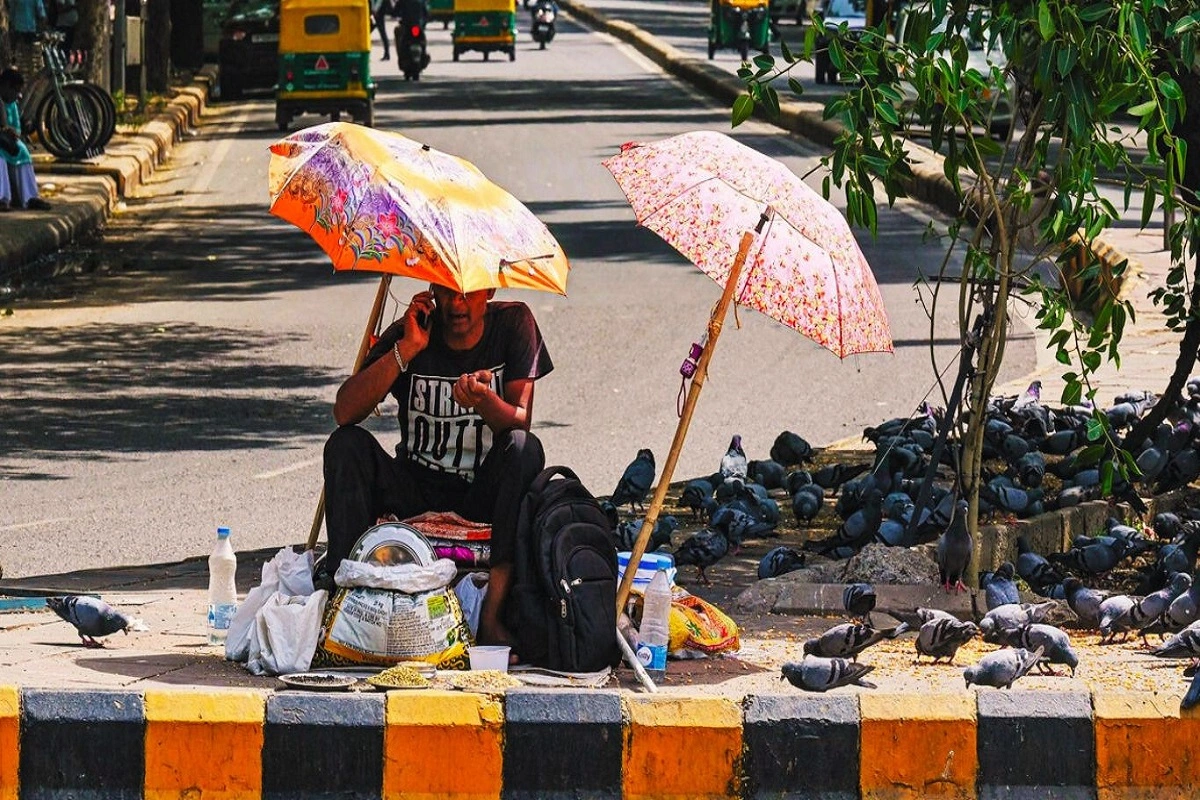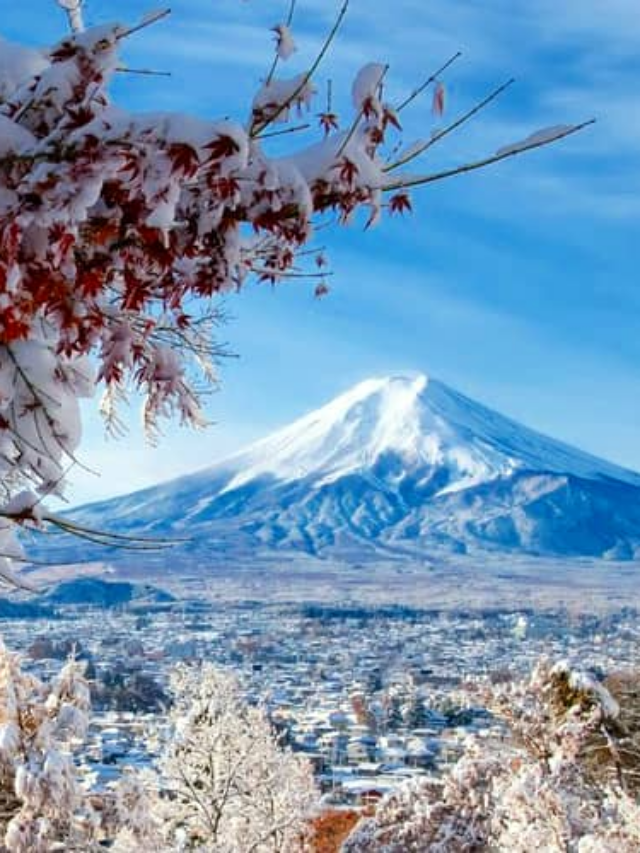
Humidity Can Add to the Global South's Heat Stress Burden
Researchers have found that the heat stress burden, that comes with increasing temperatures, is dependent on local climate and humidity, which can erase the cooling benefits that would come from trees and vegetation.
Their study, led by Yale School of the Environment (YSE), US, investigated the combined effect of temperature and humidity on urban heat stress using observational data and an urban climate model calculation.
The study is published in the journal Nature.
As temperatures globally reach record-level highs and urban areas are facing increased heat stress, the Global South contends with an additional complicating factor – urban humid heat.
Xuhui Lee, professor of meteorology at Yale, who directed the study, said that while urban residents are widely believed to suffer more heat burden than the general population owing to the urban heat island phenomenon, Lee calls it an incomplete view.
This is because this view does not consider another ubiquitous urban microclimate phenomenon called the urban dry island – that urban land tends to be less humid than the surrounding rural land.
“In dry, temperate, and boreal climates, urban residents are actually less heat-stressed than rural residents. But in the humid Global South, the urban heat island is dominant over the urban dry island, resulting in two to six extra dangerous heat stress days per summer,” said Lee.
The researchers developed a theoretical framework on how urban land modified both air temperature and air humidity. They showed that these two effects have equal weight in heat stress as measured by the wet-bulb temperature, in contrary to other heat indexes, which weigh temperature more heavily than humidity.
Wet-bulb temperature combines dry air temperature with humidity to measure humid heat.
Also, read: Twitter Thread Reviews India’s Architectural Wonders Through Its Currency Notes
The results of the study, the authors noted, raised important questions.
“Green vegetation can lower air temperature via water evaporation, but it can also increase heat burden because of air humidity.
“The question then is to what extent this humidifying effect erases the cooling benefit arising from temperature reduction. We hope to answer this question in a follow-up study, where we compare observations of the wet-bulb temperature in urban greenspaces (with dense tree cover) and those in built-up neighbourhoods,” said Lee.
“Our diagnostic analysis on the urban wet-bulb island found that enhancing urban convection efficiency (the efficiency in dissipating heat and water) and reducing heat storage at night can reduce daytime and nighttime urban humid heat, respectively.
“We hope that our work will promote more research on optimizing urban shapes and materials for better thermal comforts,” said doctoral student Keer Zhang.
To read more such news, download Bharat Express news apps






































